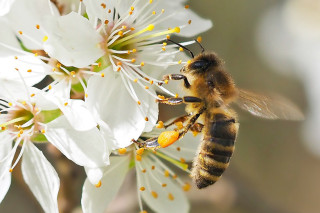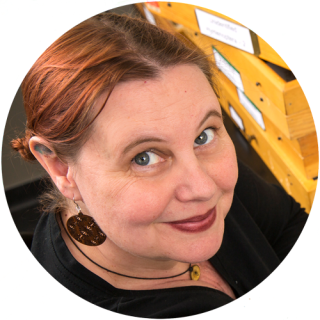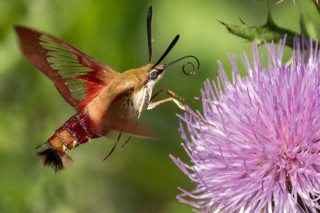Pollinators

Bees, butterflies, moths, flies, ants, hummingbirds, bats, and some beetles may be small but they play an important role in the world’s ecosystems as pollinators- moving pollen to fertilize plants. Only fertilized plants are able to grow fruits or seeds to reproduce. It’s important for us to both understand and protect the natural habitats of these insects and animals.
We have more than 1,000 different types of bees and 150 types of moths and butterflies living in the state of Utah. Humans have interacted with bees for thousands of years. The oldest honey was found in ancient Egyptian tombs and though it was 3000 years old it could still be eaten today.
Let’s Get Creative!
Bee Watering Station
Bees depend on pollen and nectar from flowers for food, but neither of these sources contain much moisture, so bees need to drink water to stay hydrated. In this video, learn how to make a Bee Watering Station to help our thirsty pollinator friends.
Listed below are the supplies you will need to get started:
- Bowl or saucer (anything with raised edges to hold water)
- Different shaped rocks
- Decorative beads, marbles, or shells
- Water
Download your own bookmarks about gardening for pollinators here.
Get Outside!

"The best way to observe pollinators is to hold still and to stay in one place. Find a comfy spot on the ground to wait and listen. You will first hear bees, flies and other insects before you will see them. The afternoon heat can also be too much for pollinators to be out in so a great time to see them is in the evening. You can find Long Horn bees taking a nap in sunflowers or Sphinx moths out at night." — Christy Bills, NHMU Entomologist
Explore local spots to find pollinators!
-
International Peace Gardens at Jordan Park
-
Tracy Aviary in Salt Lake City
-
Red Hills Desert Garden in St. George
-
Joan M. Hardle Memorial Arboretum in Murray Park
-
Fife Wetlands along the Jordan river Parkway
Connect with Local Experts
Save the Bees!
Bees are very diverse, and have a wide range of needs. Learn more about the needs of Utah’s native bees, and how you can help them, from Joseph Wilson, a Biology Professor at Utah State University.
Explore More

- Attract different pollinators to your neighborhood with help from Wasatch Community Gardens. Explore here to learn more about local pollinators, how to make a butterfly feeder, a variety of bee nests, and what you can plant each season!
- Be a butterfly identification expert! Learn about Monarchs and “Monarch-Look-A-Likes” identification with Wild Utah Pollinators and Plant Project.
- Giant hawk moths fly for miles each night in search of flower nectar in the desert. Explore the world of nighttime pollinators and nocturnally blooming desert flowers at New Mexico’s White Sands National Monument.
- With a two minute time-lapse video, discover the amazing growth cycle of honey bees in the hive with Biologist and National Geographic photographer Anand Varma.